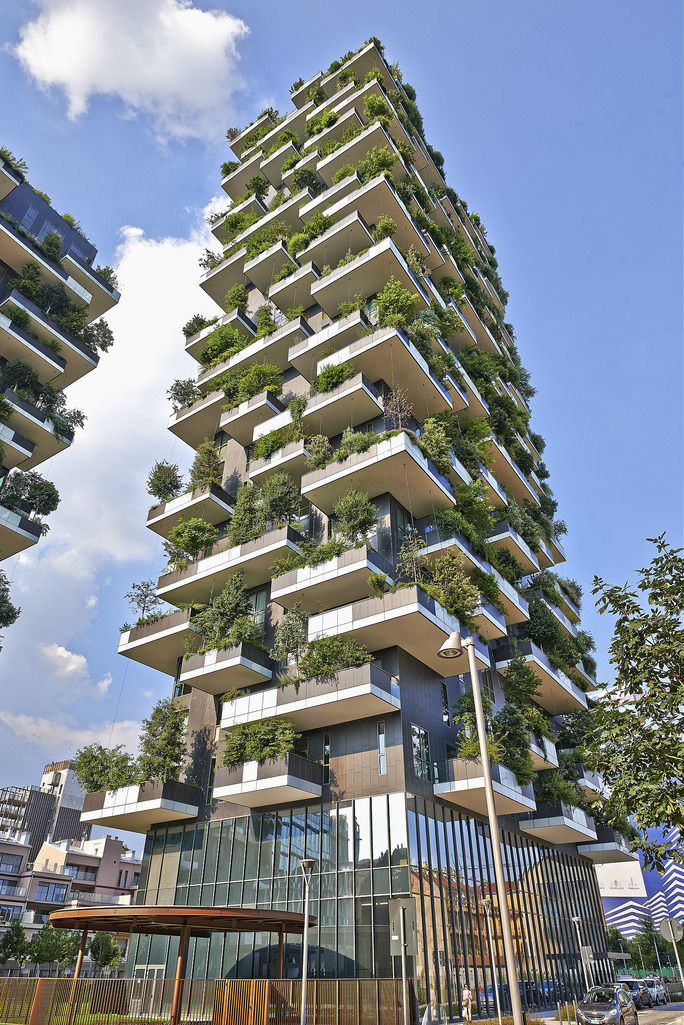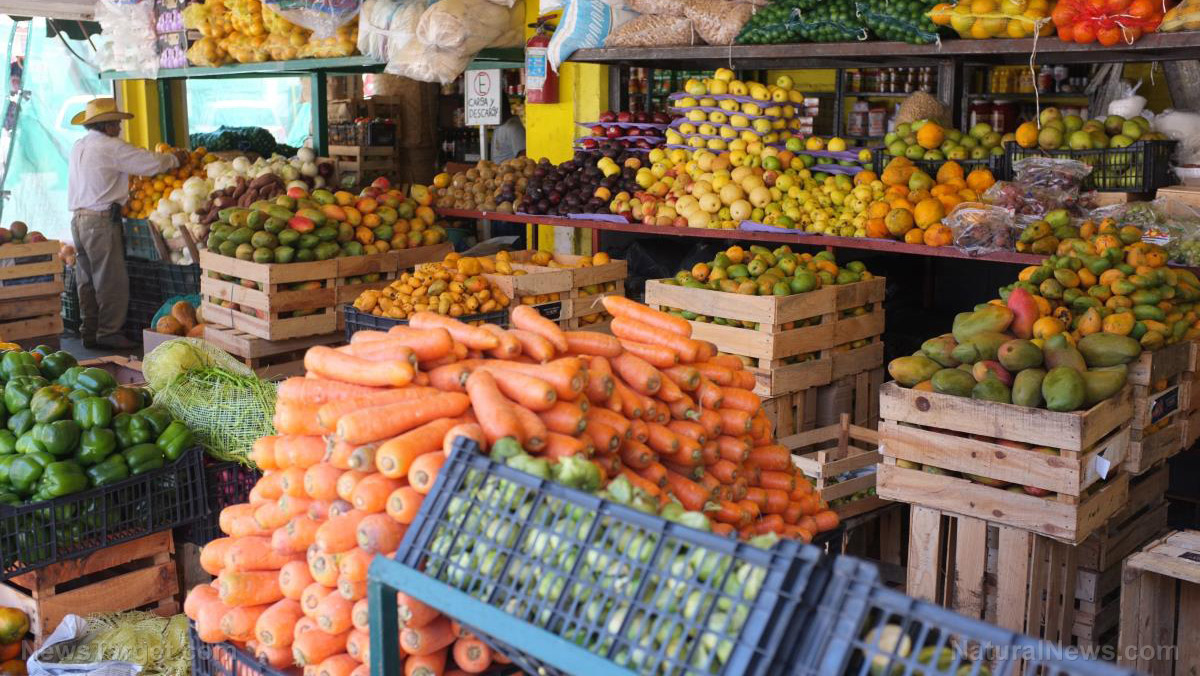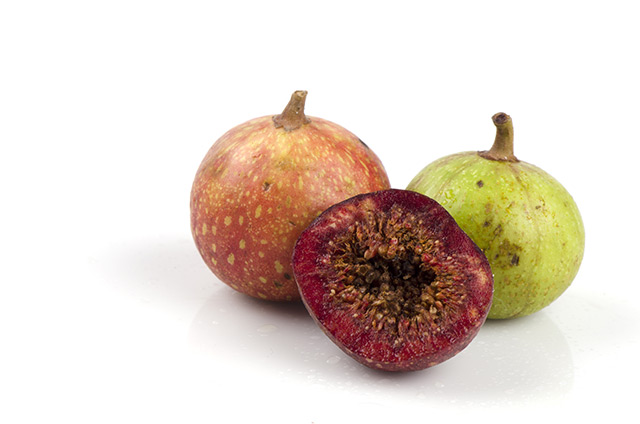Nanjing, China will soon become the first city in Asia with its own “vertical forest” – in fact, the city will build two greenery-covered multi-use towers designed to help clean the air while providing an eye-pleasing alternative to the typical glass-and-concrete skyscrapers that usually dominate urban skylines.
The towers, due to be completed in 2018, were designed by renowned Italian architect, Stefano Boeri.
From The Telegraph:
“Set to be built in Nanjing, the buildings will be adorned with more than 1,100 trees and 2,500 cascading plants.
“A series of alternating ‘green tanks and balconies’ will also make up the construction and it’s hoped that this leafy addition to the Nanjing skyline will absorb 25 tons of CO2 annually.
“The smaller of the two towers, at 355 ft. high, will feature a Hyatt hotel, complete with rooftop swimming pool, while the taller tower will host offices, a museum, a green architecture school and a private rooftop club.”
In addition to removing C02 and filtering pollutants, the greenery-covered exterior of the towers will produce around 60 kilos of oxygen per day while also providing a habitat for birds and insects. The trees and plants provide shade for the inhabitants as well as protection against noise pollution.
Stefano Boeri’s first vertical forest project was realized in Milan, and the Nanjing towers will be “characterized by the interchange of green tanks and balconies” incorporated into the design of the Italian prototype. A third vertical forest project designed by Boeri is also slated to begin construction this year in Lausanne, Switzerland.
Boeri hopes to build more vertical forests throughout the world – particularly in China, where similar projects are planned for the cities of Shanghai, Chongqing, Shijiazhuang, Guizhou and Liuzhou.
A similar concept is being applied on a smaller scale in many hotels, where “living walls” have become a popular feature. Pershing Hall in Paris is just one example:
“Located in the Champs-Elysees golden triangle, the central atrium of the hotel showcases a colourfully lit living wall by botanist Patrick Blanc. Other examples include the two living walls and one ‘green sculpture’ at Il Sereno hotel on Lake Como, by the same designer.”
The Rubens at the Palace on Buckingham Palace Road in London features a living wall incorporating around 10,000 herbaceous plants on its southwest-facing exterior. The plants attract insect pollinators and help in regulating the interior temperature of the building throughout the seasons.
Nanjing’s vertical forests will be a first in Asia but other buildings in the region have incorporated similar concepts – Singapore’s Parkroyal on Pickering boasts more than 15,000 square meters of gardens, terraces and waterfalls on its exterior.
Such innovations are literally a breath of fresh air – especially for Chinese cities, where air pollution is a serious health concern. Nanjing’s air-quality index is often in the “unhealthy” range (it’s currently around 167, compared to the “moderate” indexes of New York and Sydney at around 60, and London’s rating of around 100 – in between “moderate” and “unhealthy”).
In the future, our city skylines may have a much more organic appearance, giving perhaps a new – and more positive – meaning to the term “urban jungle.” Since so much of the world’s population is now concentrated in large cities, it makes sense to rethink how they should be designed, and the vertical forest concept appears to be a viable solution to many of the disadvantages of urban existence.
Vertical gardening on a personal scale is also gaining in popularity as a way to make the planting and harvesting of fresh fruits, herbs and vegetables possible – even in a limited space such as an apartment balcony.
It seems that “going green” in this modern world also means going vertical – at least in terms of creating sustainable urban environments.
Follow more news about green living at GreenLivingNews.com.
Sources:
CNET.com
Telegraph.co.uk
StefanoBoeriArchitetti.net





















